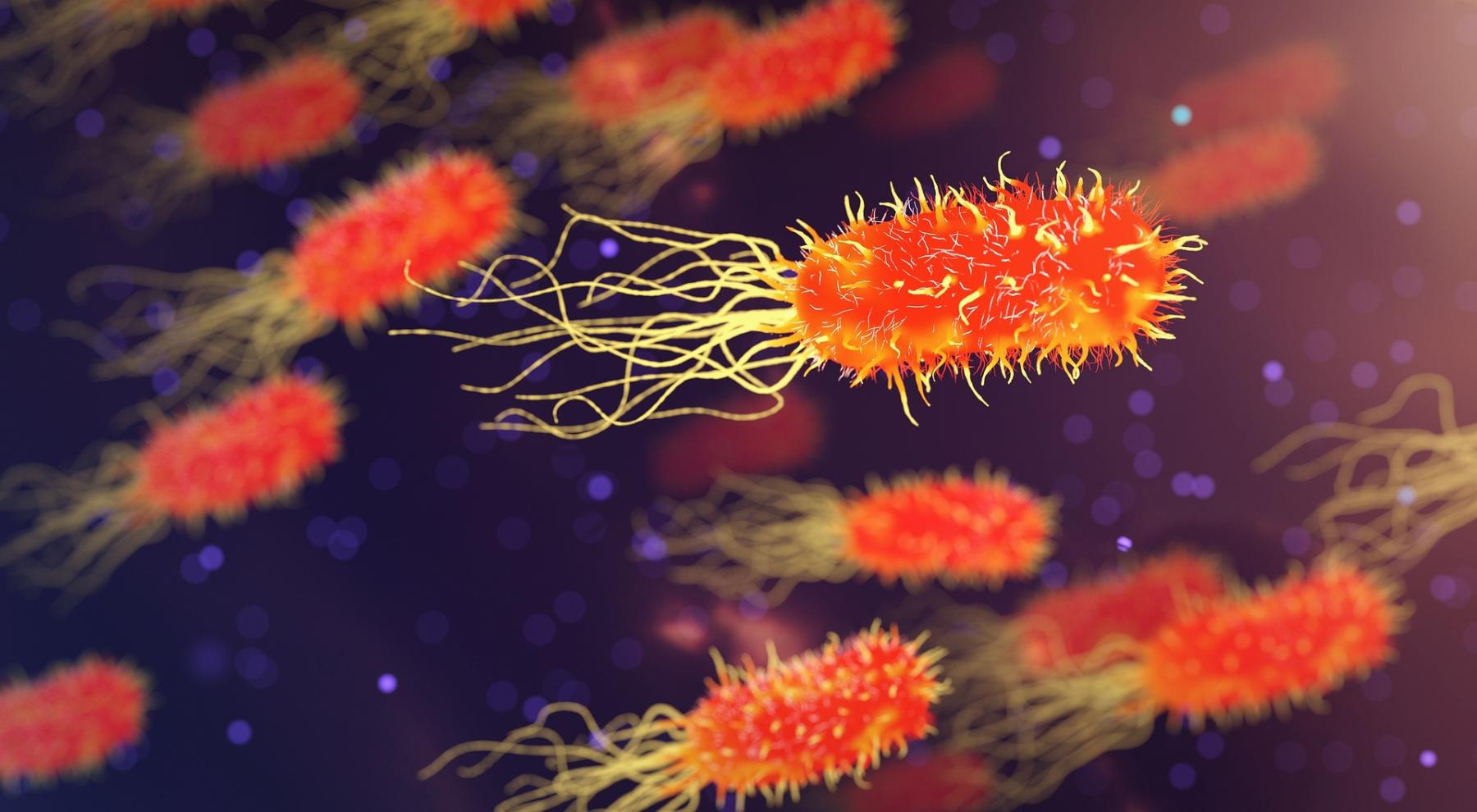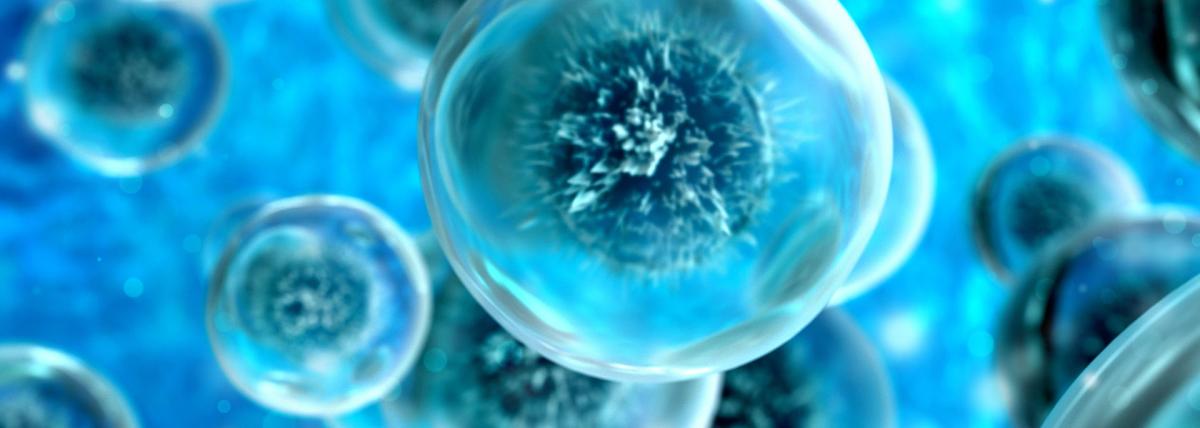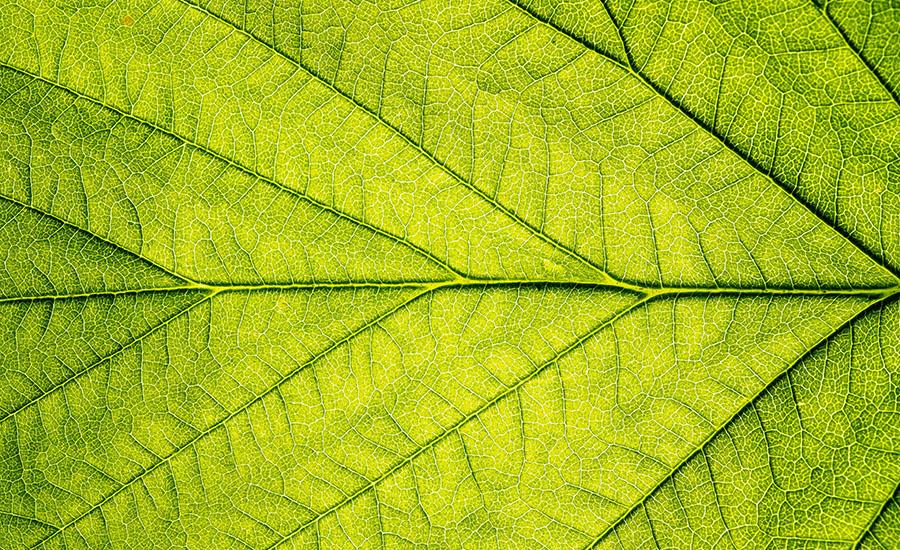
Food as a Tool: Sourdough Starter. Lesson 1: Making a Starter
Over the course of the next 15 days, students will have the opportunity to create a sourdough starter using one of six different flours provided. This lesson is the first of three lessons that takes place in a classroom during the unit. After the first three days, each lesson should take 10 minutes or less for data collection. The students will have the opportunity to collaborate and communicate with their peers and submit the data to Sourdough for Science.
Lesson Plan Link/URL
https://docs.google.com/presentation/d/1PHKpNGT4KHGgemSlpp0VmaNfm7PT0LVs/edit?u…Subject Area
Science Life Science L1: Cells L2: Organisms & Energy Mathematics Counting and Cardinality (CC) English Language Arts (ELA) WritingRelated Content

In this hands-on lesson, students learn about the types of microorganisms in water and how to sterilize the water. They analyze the data and create graphs. Students participate in a whole class and

This lesson is an introduction to the parts of a plant and how the parts help the plant get nutrients for grades K-2. Students will have an opportunity to plant and care for a plant at the end of the

This first grade lesson includes the life cycle and survival of a seed. Students will participate in observing the life cycle of a seed, asking questions, writing about the life cycle, and listening